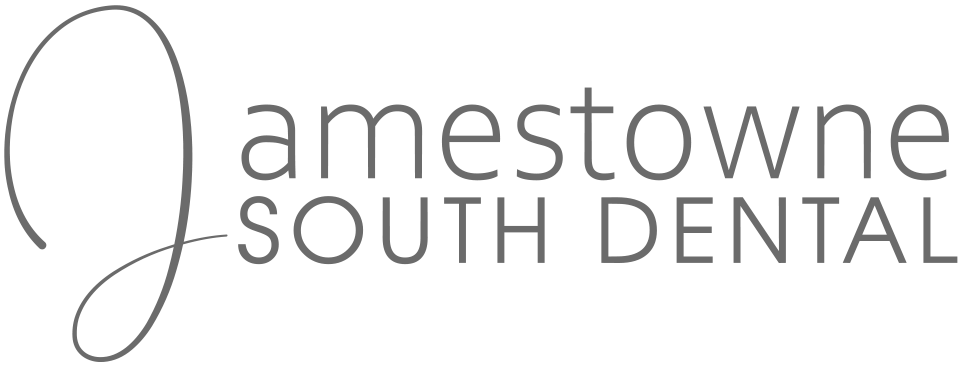
The Significance of Dental Check Ups
Dental prophylaxis is the normal dental work that people typically get twice a year during their regular dental check up. It involves a professional teeth cleaning by a dentist or dental hygienist to remove dental plaque, tartar, and other irritants from the oral cavity. Prophylaxis is a preventive measure to maintain good oral health and prevent issues like cavities and gum disease.
Understanding Prophylaxis and Dental Tartar
Prophylaxis, the medical term for dental cleaning, targets the removal of plaque and irritants from the oral cavity. As these deposits accumulate, they form dental tartar, a common culprit behind dental problems. Despite regular brushing and flossing, some deposits persist, making prophylaxis essential for a clean bill of oral health.
Differentiating Prophylaxis and Periodontal Therapy
Teeth cleaning is a preventive procedure performed by dental professionals every six months. Its purpose is to prevent tooth decay and gum disease by meticulously removing plaque and tartar above and below the gum line using specialized instruments.
The Role of Periodontal Therapy
In contrast, periodontal therapy targets gum-related issues and supporting structures like the periodontal ligament and alveolar bone. Recommended for individuals with gum disease, this therapy addresses infections and inflammations in the gums and supporting structures. Scaling and root planing target plaque and tartar below the gum line, while surgeries like gingivectomy or flap surgery reshape gum tissue to treat affected areas.
Don’t Underestimate the Power of Prophylaxis
In summary, prophylaxis plays a pivotal role in preventive dental care, while periodontal therapy addresses deeper gum-related concerns. Prioritizing dental check ups and routine cleaning can prevent costly treatments and ensure a healthier and brighter smile. Schedule your dental appointment today and invest in the future of your oral health.
